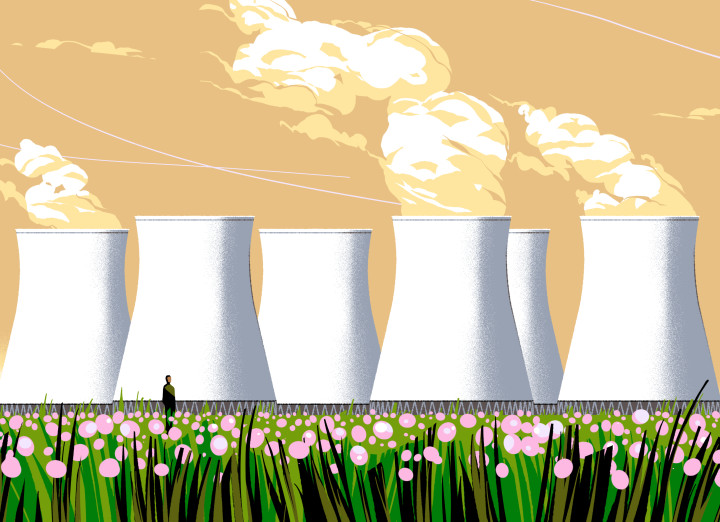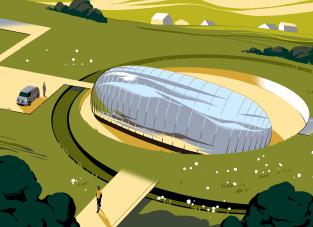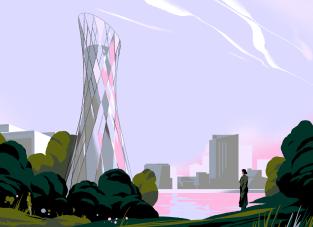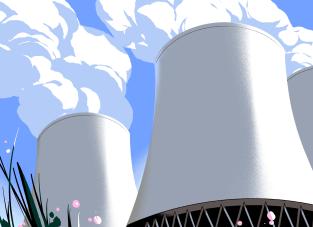Nuclear Plants
Local Project
Nuclear power plants use fission (usually of uranium) to heat water and run steam through a turbine that generates carbon-free electricity. In 2020 nuclear plants provided around 10% of global electricity generation.
The Earth contains on the order of a billion years worth of uranium, rendering it a long-term resource. With increasing focus on rapid decarbonization, some people are interested in building new nuclear plants to directly replace coal and gas plants as 24/7 electricity sources. However, historically, nuclear power plants have been slow to build and expensive to run, and while they present a low emission source of power, the wider nuclear supply chain is more problematic. Mining radioactive uranium can leave areas uninhabitable, and storing harmful waste has also proved difficult.
Existing nuclear plants provide a useful source of reliable ‘baseload’ power, but long construction times, cost, and ecological consequences have created a sense of hesitancy. Standardized ‘modular plants’ and other experimental nuclear technologies may address some safety, cost, and timescale issues, but skeptics generally favor investment in cheaper, tried-and-tested clean energy generation, such as wind and solar – alongside storage solutions and other ‘flexible’ technologies to meet our demand for power.
You must have at least 1 Regulation tag in this card's stack to take this action.
Discard 1 card from your hand, then add 2 Clean Energy tokens to your player board.

Nuclear power (Wikipedia)
Nuclear Energy (National Geographic)
What is Nuclear Energy? The Science of Nuclear Power(International Atomic Energy Agency)
One way to ensure nuclear assets are used optimally is simply to talk about their pros and cons in climate-focused and political contexts.
If you live somewhere where nuclear energy might play an especially important role in a green energy transition, you can involved with an organization working to create policies to enable its use at scale as a climate solution, such as:



